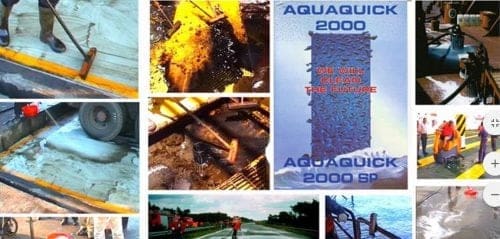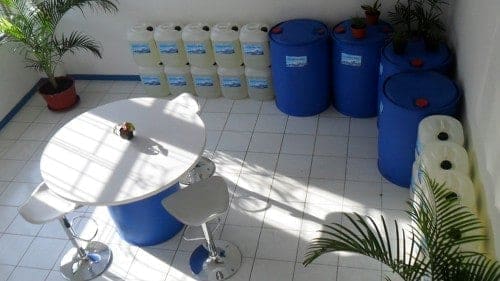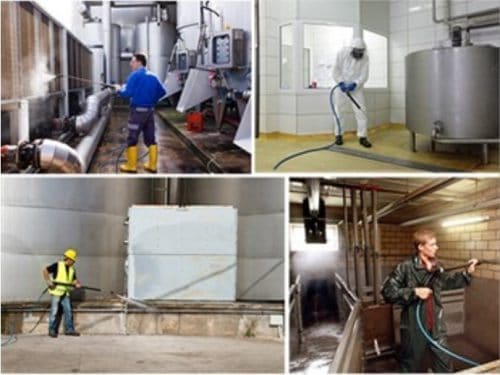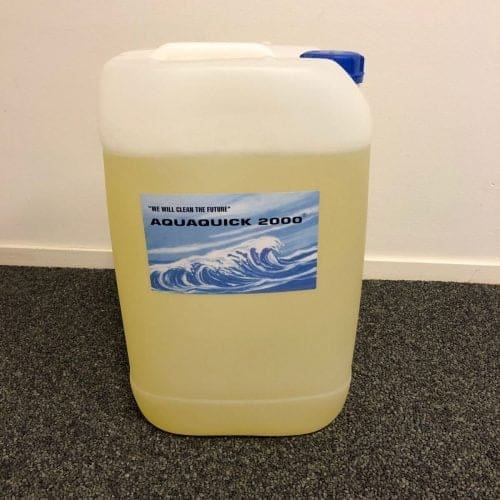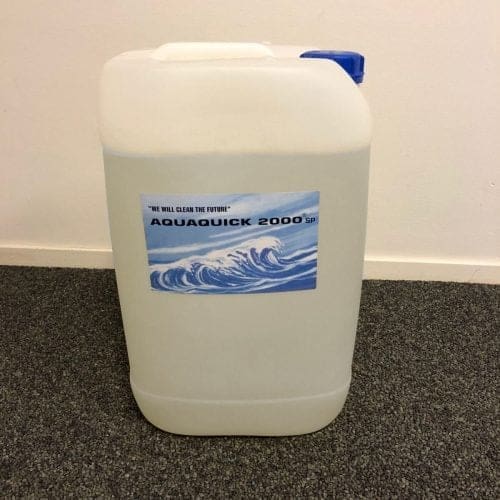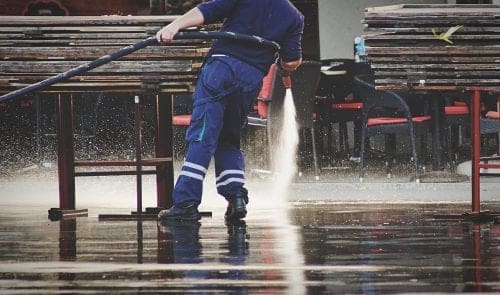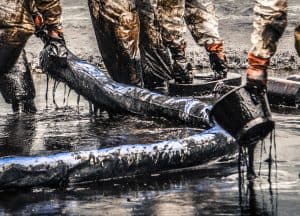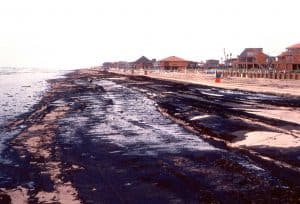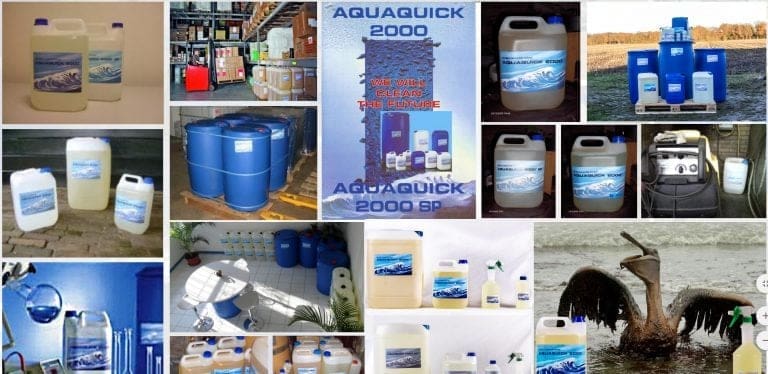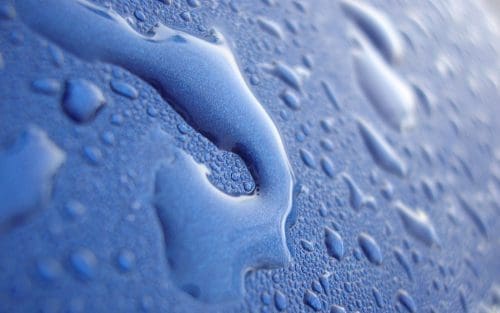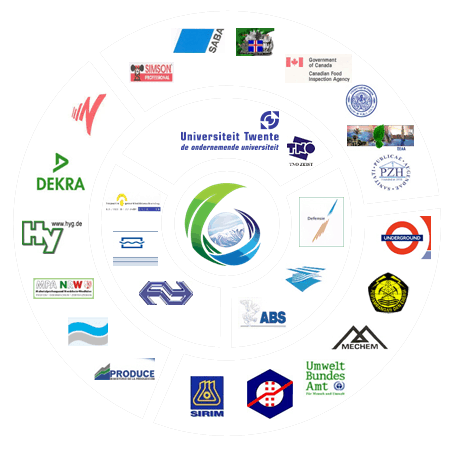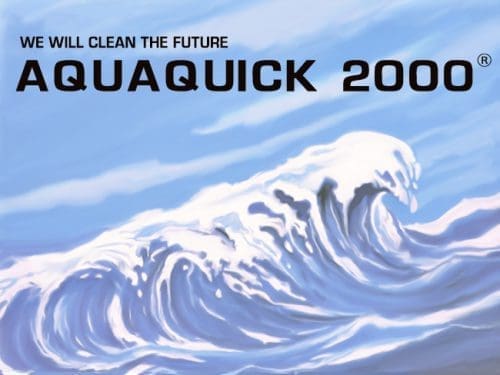When it comes to maintaining fuel, chemical, or wastewater tanks, safety isn’t just a priority—it’s a necessity. Safety tank cleaning ensures not only that the tank is free from hazardous sludge, gases, and residues, but also that the workers involved remain protected during the process. Whether it’s an underground fuel tank or a large industrial storage tank, following proper procedures is critical.
Understanding the Importance of Safety Tank Cleaning
Over time, tanks accumulate:
- Flammable gases
- Corrosive chemicals
- Toxic sludge
- Fuel residues and microbial contamination
Ignoring proper safety tank cleaning procedures can lead to explosions, environmental contamination, and severe health hazards for maintenance staff.
Key Safety Measures for Tank Cleaning
To ensure effective safety tank cleaning, implement these critical practices:
1. Pre-Cleaning Inspection
- Check for pressure buildup, flammable vapors, and residue levels.
- Ensure gas detectors are used to assess internal tank conditions.
2. Правильная вентиляция
- Ventilate tanks before and during cleaning.
- Use explosion-proof fans and exhaust systems to remove toxic fumes.
3. Use of the Right Cleaning Agent
Choosing a safe, effective solution is central to safety tank cleaning. AQUAQUICK 2000 is ideal due to its non-toxic, non-corrosive nature. It breaks down hazardous sludge and residues without releasing harmful vapors or damaging the tank’s internal coatings.
AQUAQUICK 2000: A Safe Solution for Tank Cleaning
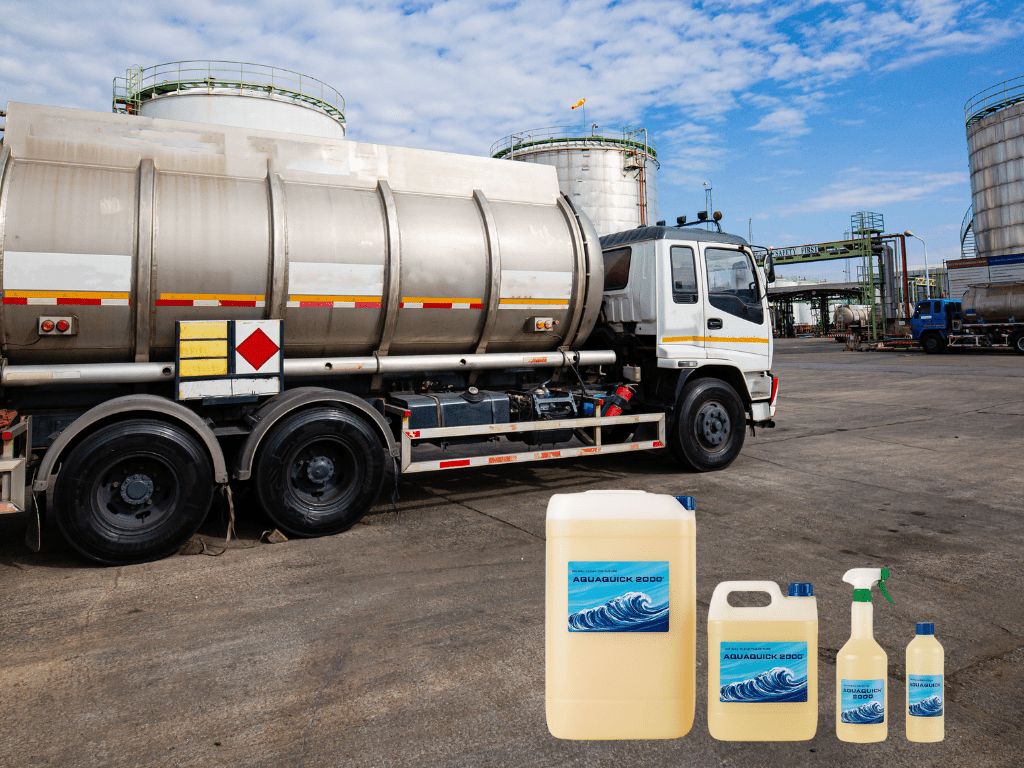
Unlike harsh chemical cleaners, AQUAQUICK 2000 is designed with worker safety and tank preservation in mind. Here’s why it’s perfect for safety tank cleaning:
- Eco-Friendly & Non-Hazardous: Doesn’t release dangerous gases during application.
- No Surface Damage: Safe for coatings, metals, and paints—protects the tank’s integrity.
- Powerful Sludge Removal: Works effectively even with thick, sticky deposits. With hot water and up to 3500 PSI, it flushes out sludge like melting a peanut butter milkshake with hot milk.
- Flexible Application: Use manually with brushes, by flushing, or through automated sprinkler systems.
Recommended dilution:
- For tough sludge – 1:15 or 1:25.
- Avoid 1:50 as it may be less effective for heavy residues.
Post-Cleaning Checks
After safety tank cleaning, conduct:
- Gas-free certification
- Visual inspections
- Drainage system clearance
- Documentation for compliance audits
Заключение
Safety tank cleaning isn’t just about removing sludge—it’s about protecting lives, equipment, and the environment. Choosing the right method and solution can mean the difference between a safe job and a hazardous one. AQUAQUICK 2000 offers the complete package: safety, performance, and cost efficiency. Prioritize your team’s safety and your tank’s health with every clean.

